Birthdays are one of those occasions where food takes center stage. Around the world, people mark these special days with dishes that mean something to them—whether it’s a sweet treat, a savory snack, or something that’s been part of their culture for ages. In this article, we'll talk about what people eat to celebrate birthdays in ten countries.
From cakes to traditional sweets and even soups, what’s served on a birthday can tell you a lot about the place and its people. Sometimes it’s a recipe passed down through families, and other times it’s a popular favorite everyone loves. No matter where you find yourself, sharing food during a birthday is a simple way to connect with others and enjoy the moment.

France

French birthday celebrations commonly include gateau d’anniversaire, a cake often featuring chocolate or fruit flavors with elegant decoration. Pastries like macarons are also popular accompaniments, reflecting France’s deep-rooted baking traditions. Parties tend to blend sophistication with a sense of community as guests gather to share these sweet treats. The cake symbolizes festivity and connection, playing a central role in bringing people together. Whether in a formal or casual setting, birthdays in France emphasize the joy of sharing food and company, creating an atmosphere that honors both tradition and celebration.
Brazil
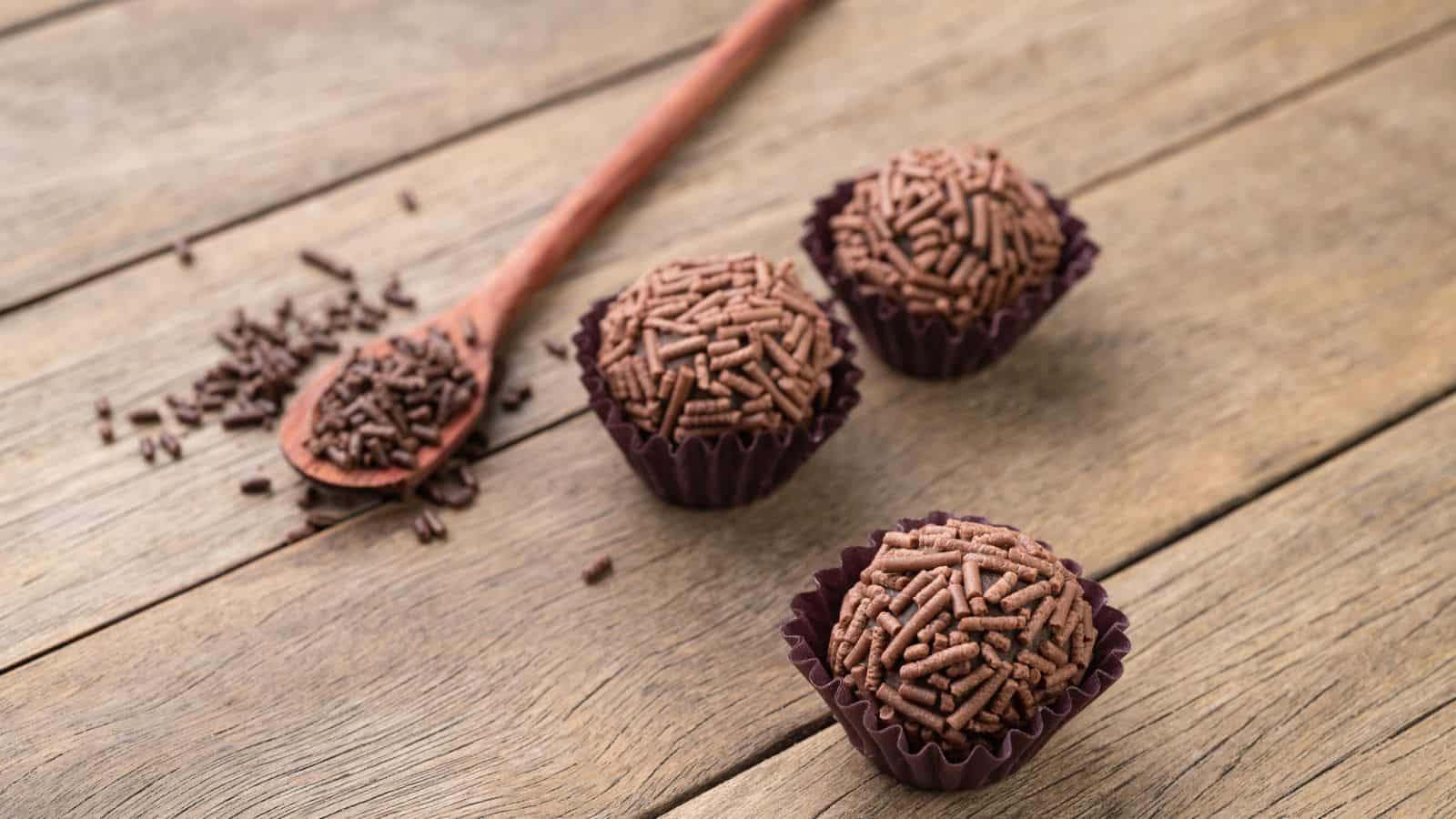
Celebrations in Brazil often include brigadeiro, a beloved chocolate confection made from condensed milk, cocoa powder, and butter. These small truffles are rolled in chocolate sprinkles and served alongside birthday cake, which is typically chocolate or vanilla flavored. Birthday parties are lively events filled with music, dancing, and laughter, where brigadeiros are shared among guests of all ages. This sweet treat has become an iconic part of Brazilian festivities, symbolizing joy and togetherness. The combination of these sweets with vibrant social gatherings creates a memorable experience that highlights the country’s festive spirit.
Russia
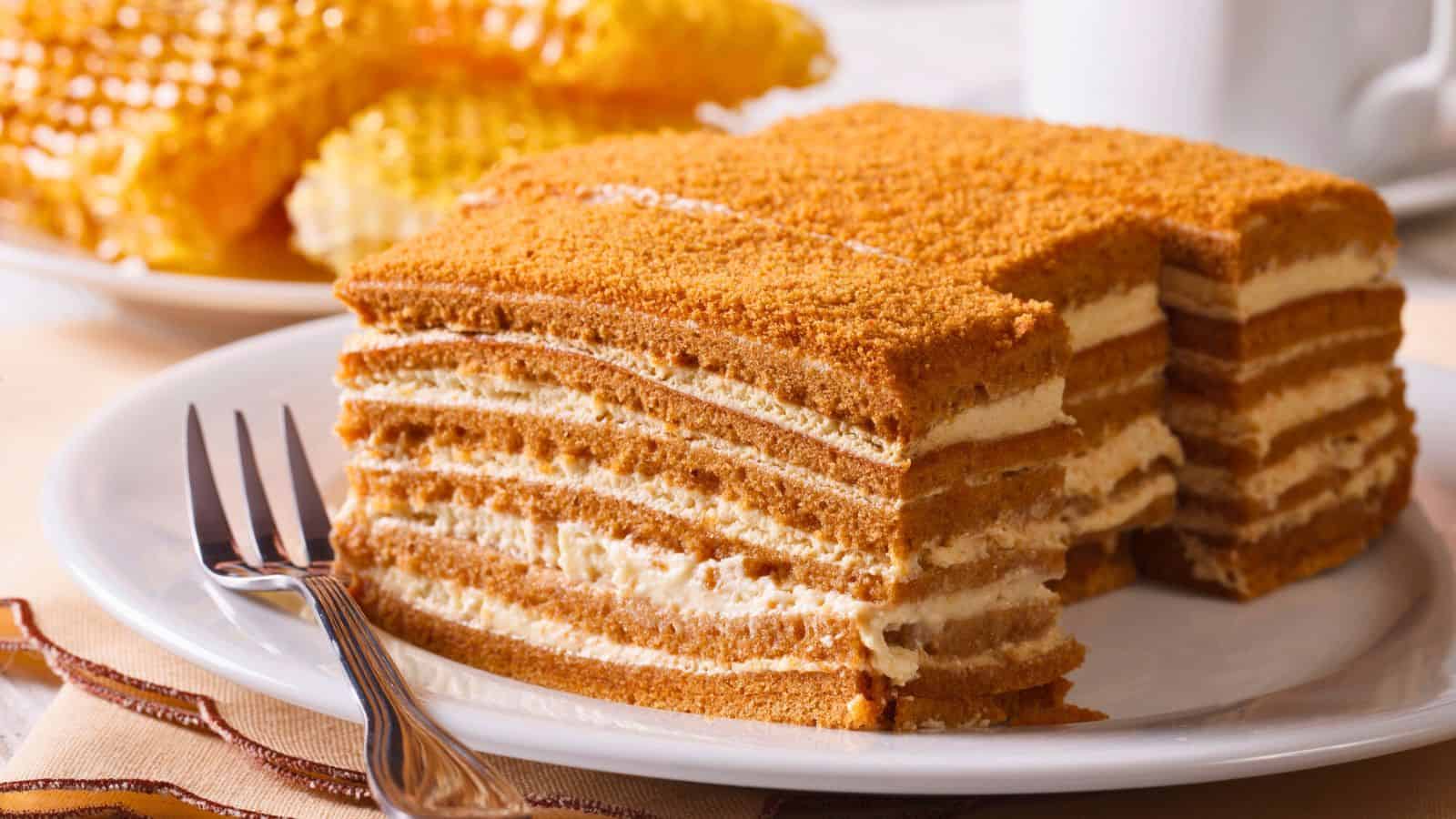
In Russia, birthday festivities frequently feature medovik, a honey cake crafted from many thin layers of sponge cake and creamy filling. This cake is known for its rich texture and sweet, mellow flavor. Alongside the cake, savory items like pirozhki—small buns stuffed with meat, vegetables, or cheese—are commonly served. Family and friends gather around the table to enjoy these dishes, which contribute to a hearty and warm atmosphere. The combination of sweet and savory foods plays an important role in making Russian birthday celebrations meaningful and memorable.
Germany

Geburtstagstorte, a layered cake filled with cream and fruits such as cherries or berries, frequently takes center stage at birthday celebrations in Germany. This cake is often beautifully decorated and is sometimes accompanied by baked goods like pretzels during more casual gatherings. Traditional songs are sung, and gifts exchanged, with the cutting of the cake marking an important moment in the festivities. Both sweet treats and baked specialties hold significant roles in German birthday traditions.
United States

Birthday celebrations in the United States often center around a layered cake adorned with colorful frosting, frequently customized to reflect the interests of the person being celebrated. Candles placed on top represent the individual’s age, and blowing them out after making a wish is a beloved tradition. Alongside the cake, ice cream is commonly served, accompanied by party snacks such as chips, cookies, and finger foods. Singing the "Happy Birthday" song and exchanging gifts help create a joyful and festive atmosphere that highlights the importance of the birthday cake.
India
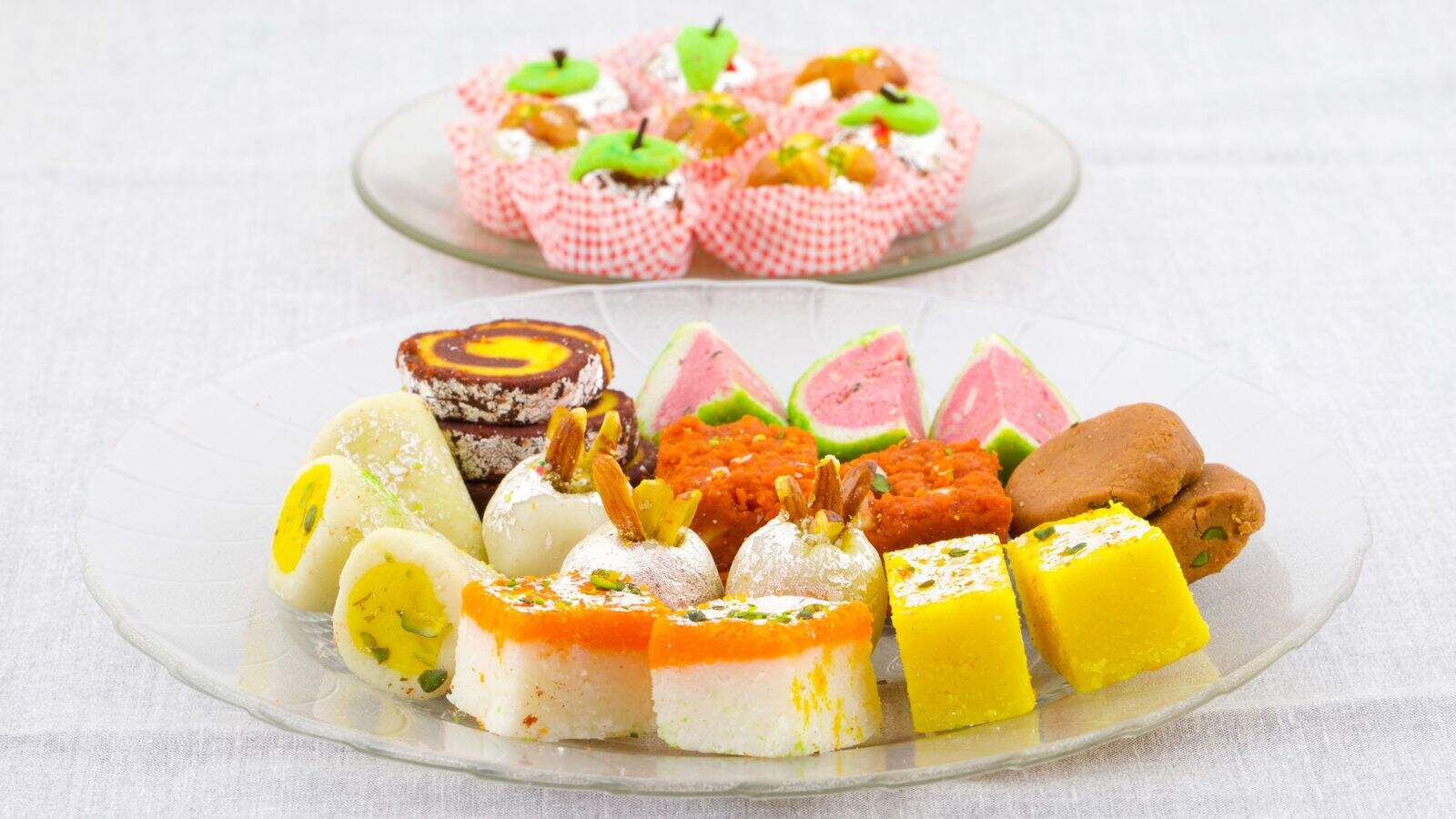
Mithai, a variety of traditional sweets including laddoos, barfi, and gulab jamun, are commonly served during birthday celebrations in India. These sweets, made with ingredients like milk, sugar, cardamom, and nuts, bring rich flavors to the occasion. In urban areas of India, Western-style birthday cakes have become popular, often blending local and international tastes. Birthdays are also marked by savory snacks and gatherings of family and friends, emphasizing hospitality and joy throughout the celebration.
South Korea
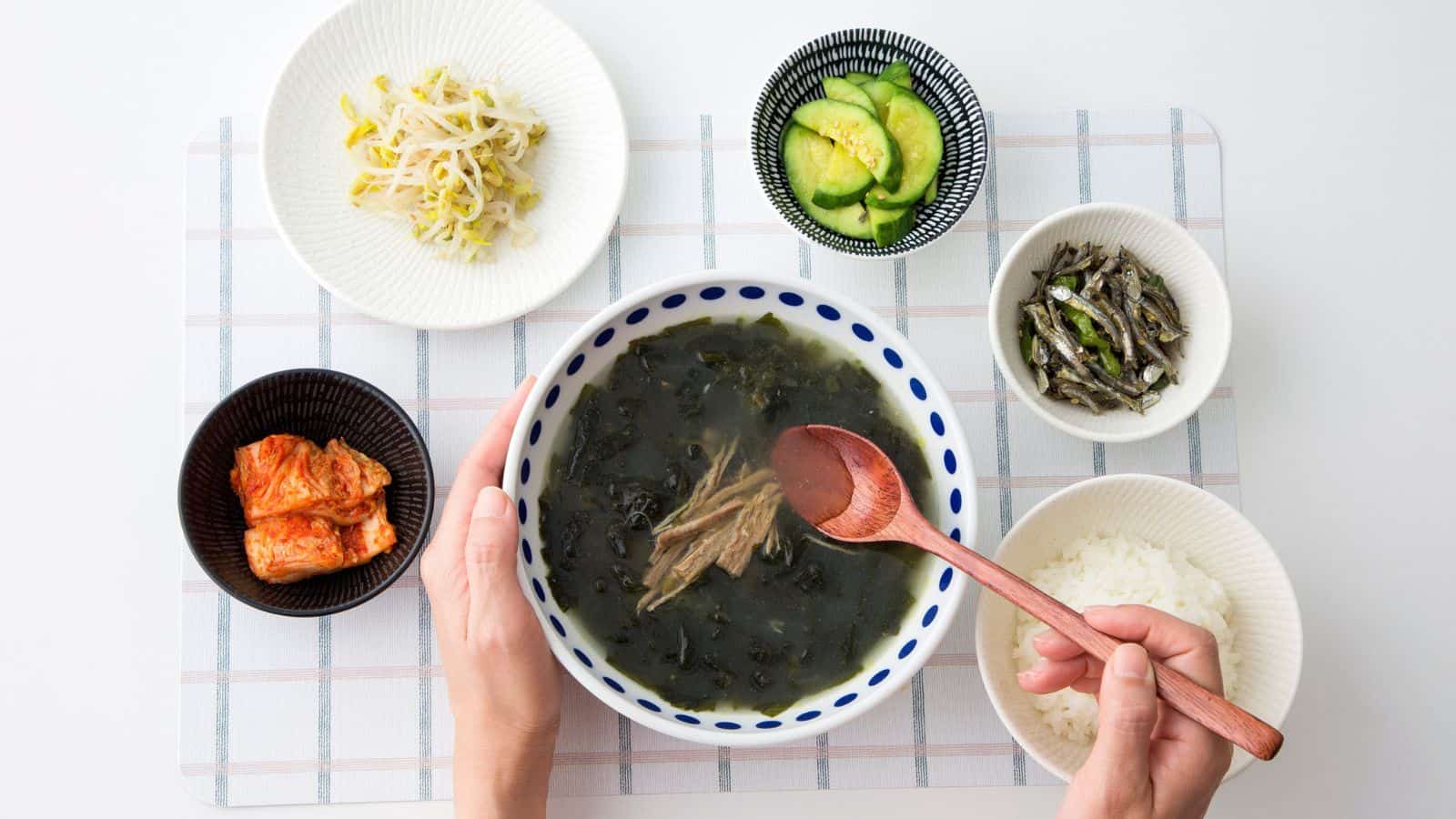
Birthdays in South Korea traditionally include miyeok-guk, a nutritious seaweed soup believed to promote health and longevity. Prepared with beef or seafood and lightly seasoned, this soup is eaten to honor the day’s significance. While this custom remains strong, Western-style birthday cakes have become increasingly popular, especially among younger people. Many celebrations now blend these two traditions, combining the healthful qualities of miyeok-guk with the festive nature of cake. This mix reflects both respect for cultural heritage and openness to modern influences in South Korean birthday observances.
Mexico
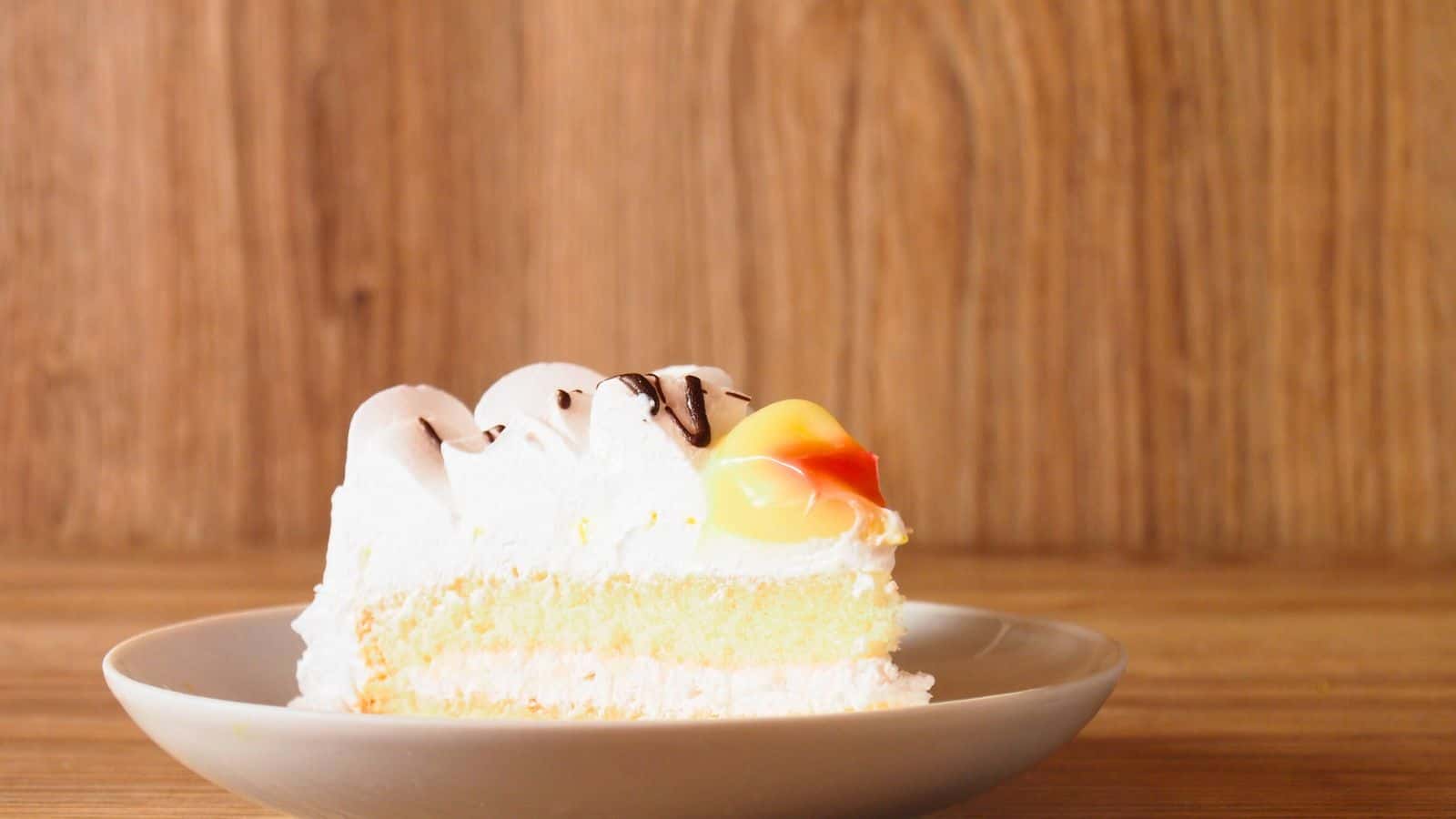
Tres Leches Cake, a sponge cake soaked in evaporated milk, condensed milk, and heavy cream, is a popular choice for birthday celebrations in Mexico. Another essential part of the festivities is the piñata, which is filled with candies and small toys. Children take turns trying to break the piñata while blindfolded, scattering treats for everyone to collect. These traditions combine to create a lively and fun environment, especially enjoyed by children during birthday parties in Mexico.
Japan
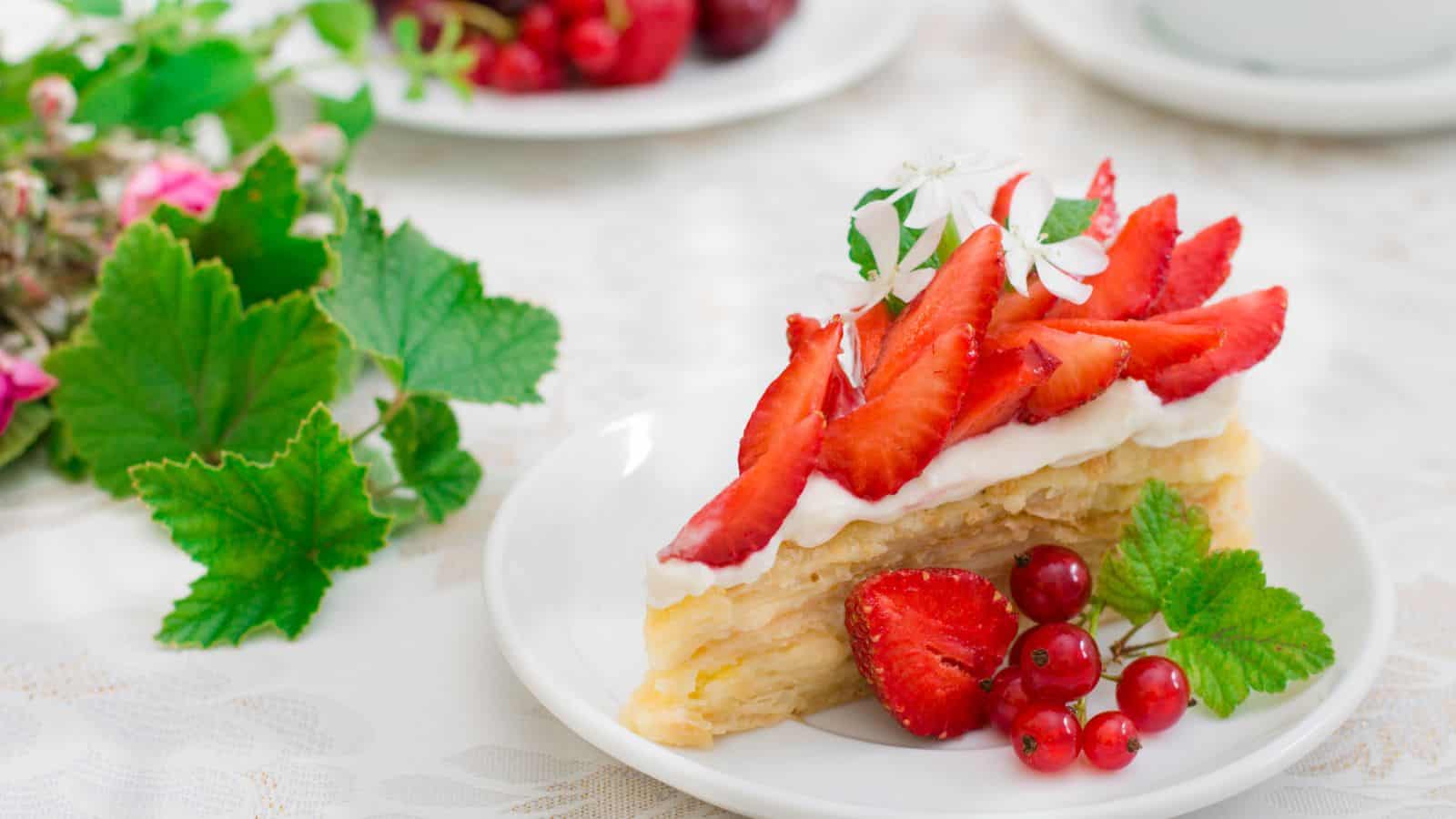
A light strawberry shortcake, layered with whipped cream and fresh strawberries, is often enjoyed during birthday celebrations in Japan. This dessert is valued for its fresh and airy texture. In addition to cake, some families prepare sushi or special boxed meals called bento, which feature a variety of small, artfully arranged portions. The birthday meal in Japan tends to be modest but carefully prepared, reflecting cultural appreciation for balance and presentation in food.
Italy
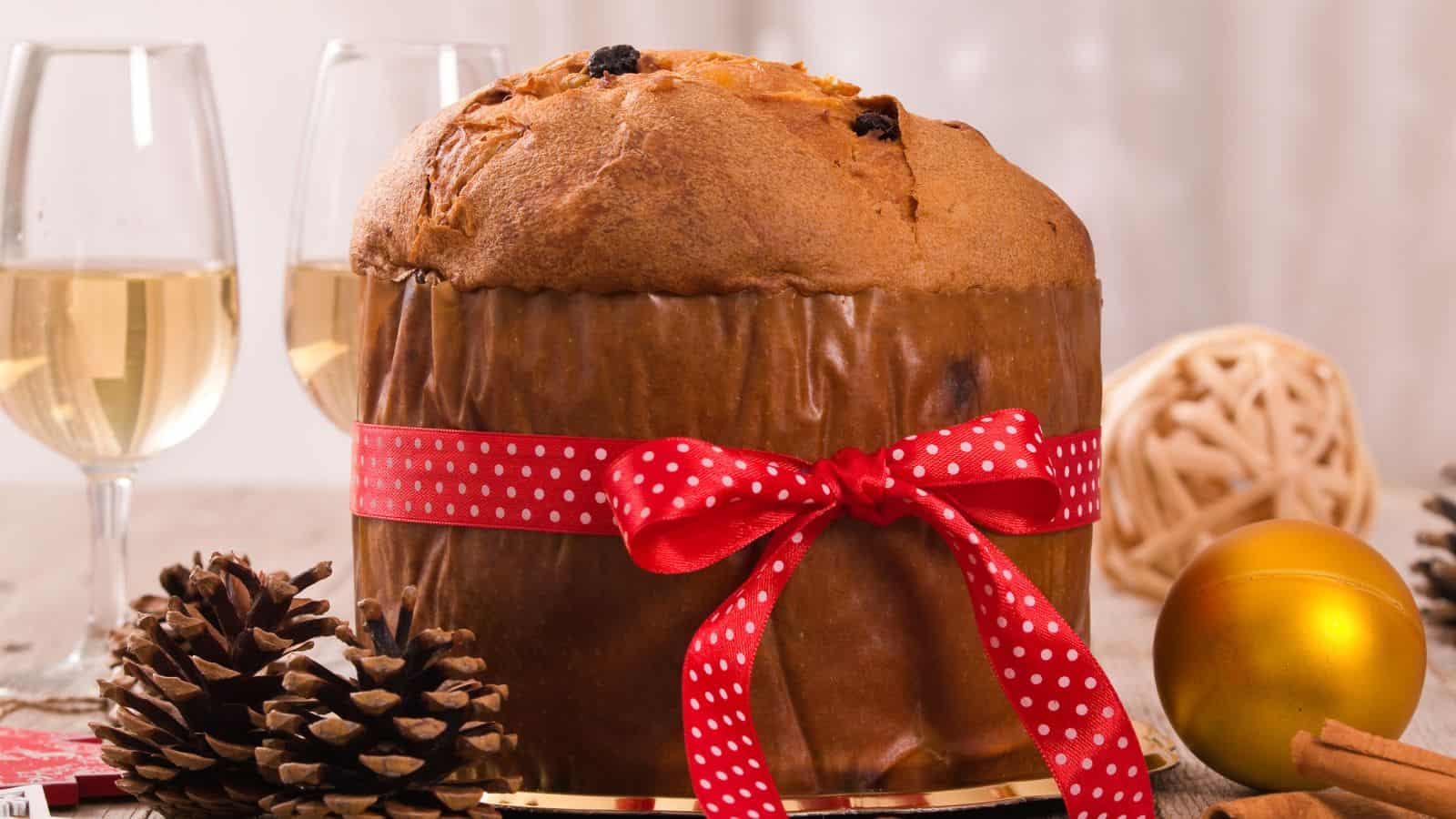
Italian birthday gatherings often feature torta di compleanno, a cake layered with cream or fresh fruit. The flavor and decoration can vary depending on the region, but the cake is generally rich and visually appealing. Alongside this, traditional pastries such as panettone might be served, especially during important celebrations. Birthdays are times for family and friends to come together, share food, and enjoy each other’s company. The cake serves as a focal point of the event, symbolizing celebration and unity within Italian culture. These moments are cherished and often remembered fondly.
Cake First, Questions Later

No matter where you are in the world, food plays a big part in making birthdays feel special. The dishes people choose tell a lot about their culture, history, and what they enjoy sharing with friends and family. Whether it’s a rich cake, a traditional sweet, or a comforting dish, these foods help bring people closer on a day meant for celebration.
What’s clear is that birthdays aren’t just about the gifts or the decorations—they’re about the moments shared around the table. The foods that show up at these gatherings add meaning and make those moments stick in your memory. So next time you’re at a birthday party, take a moment to appreciate the food on your plate. It’s more than just something to eat—it’s part of a story that connects people all over the world.
Cakes That Never Make It to the Fridge Because There Are No Leftovers

Some cakes don’t sit around waiting to be wrapped up—they’re gone before the table’s cleared. These 25 recipes have that effect, where every slice disappears fast and no one asks about storing leftovers. They’re reliable, crowd-pleasing, and work just as well on a weeknight as they do for something special. If you’re looking for a dessert that doesn’t make it to the fridge, start here.
Read it Here: 25 Cakes That Never Make It to the Fridge Because There Are No Leftovers
Cakes Boomers Grew Up Eating And Still Swear By
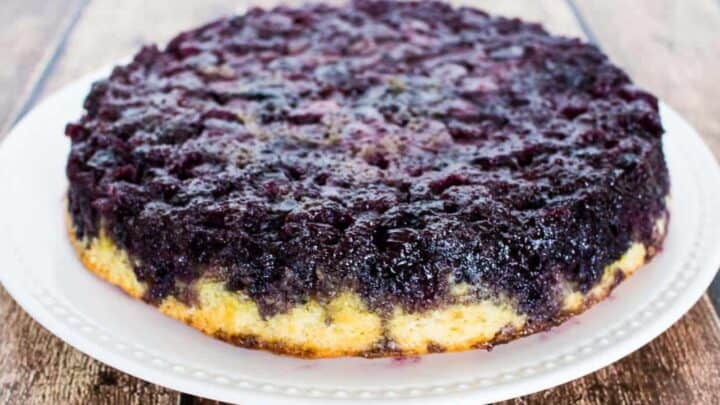
Some cakes don’t go out of style, no matter how much time passes. These 23 recipes have been on family tables for decades and still hold up today. They’re simple, dependable, and taste like something you’ve had more than once at a birthday, church potluck, or Sunday dinner. When it comes to dessert, boomers knew what worked.
Read it Here: 23 Cakes Boomers Grew Up Eating And Still Swear By






Tell Me What You Think!